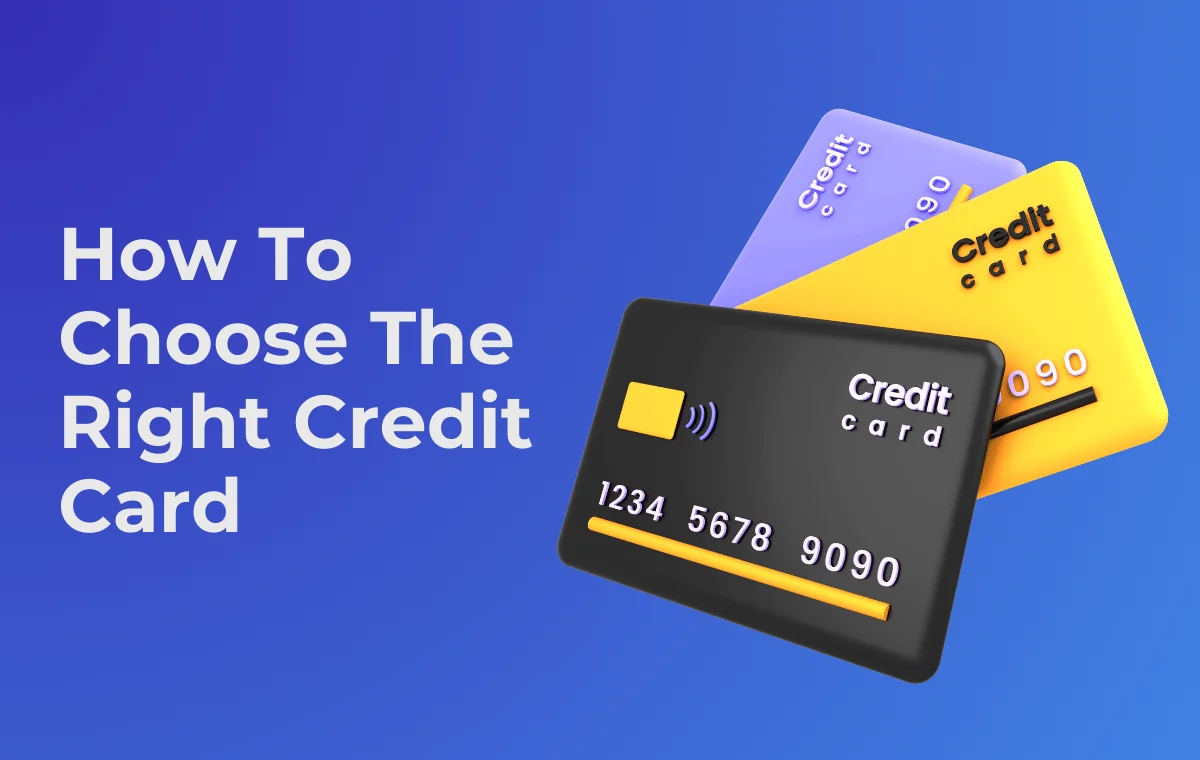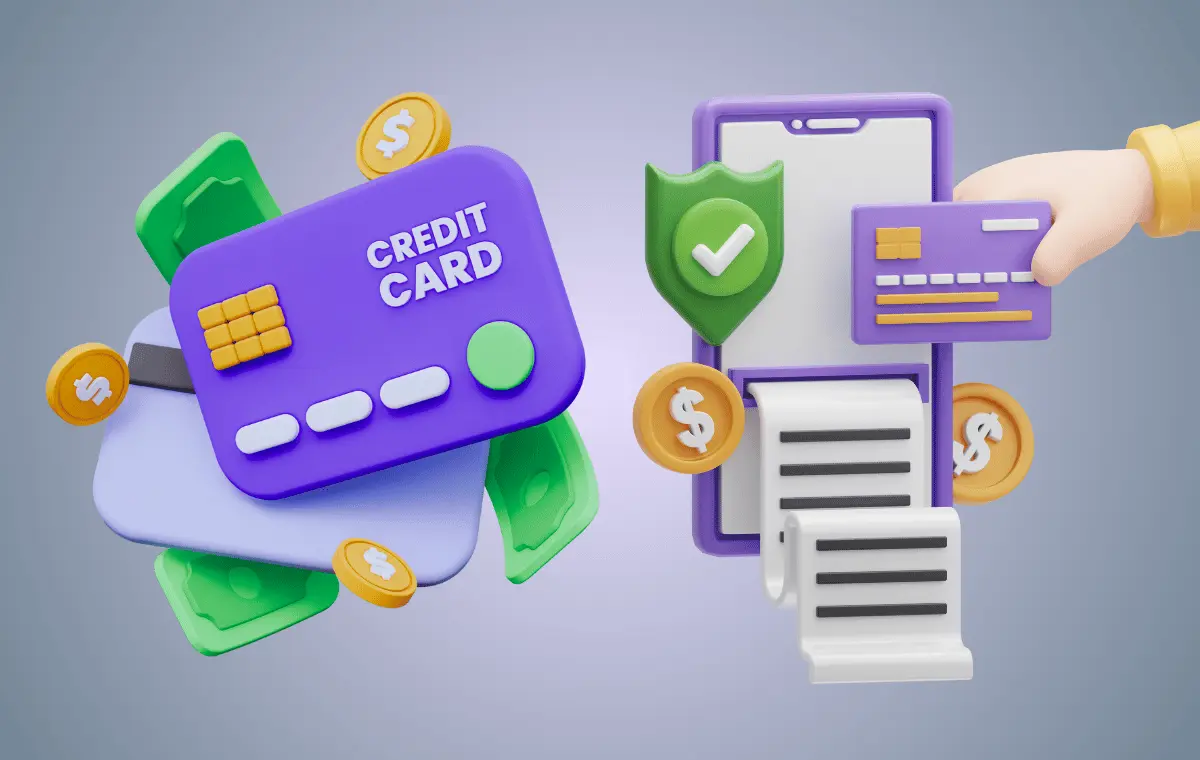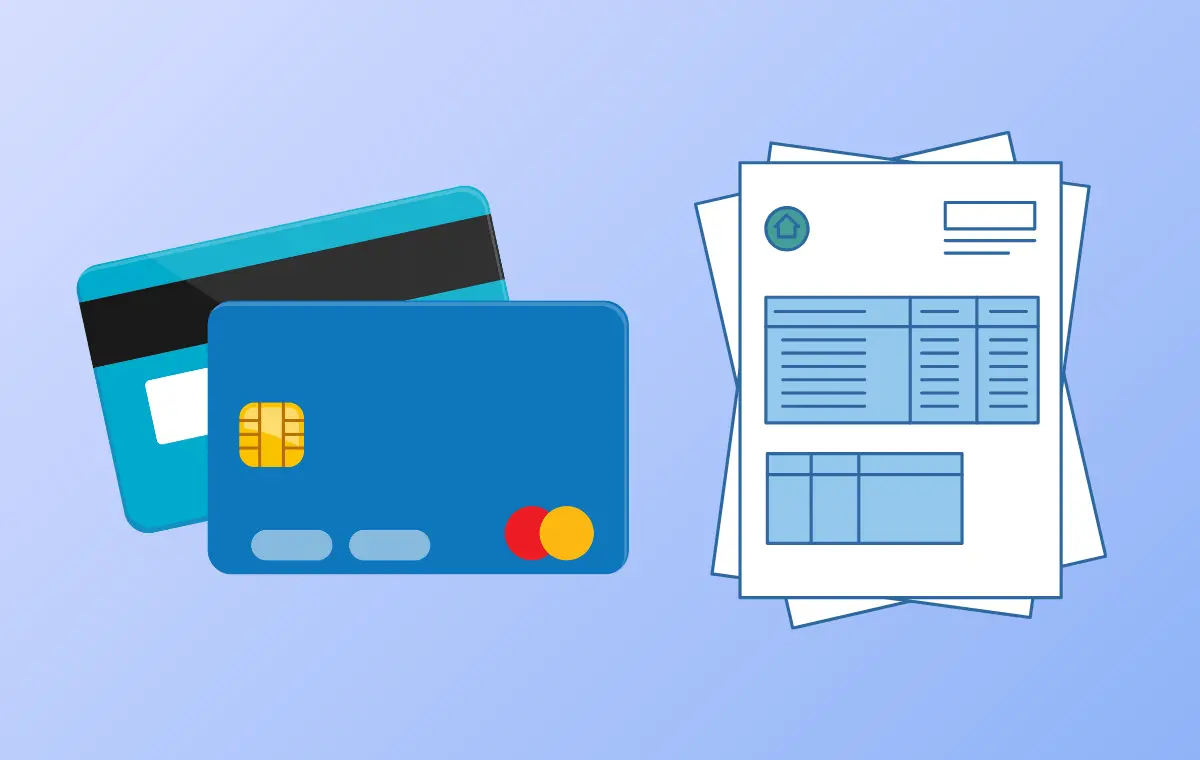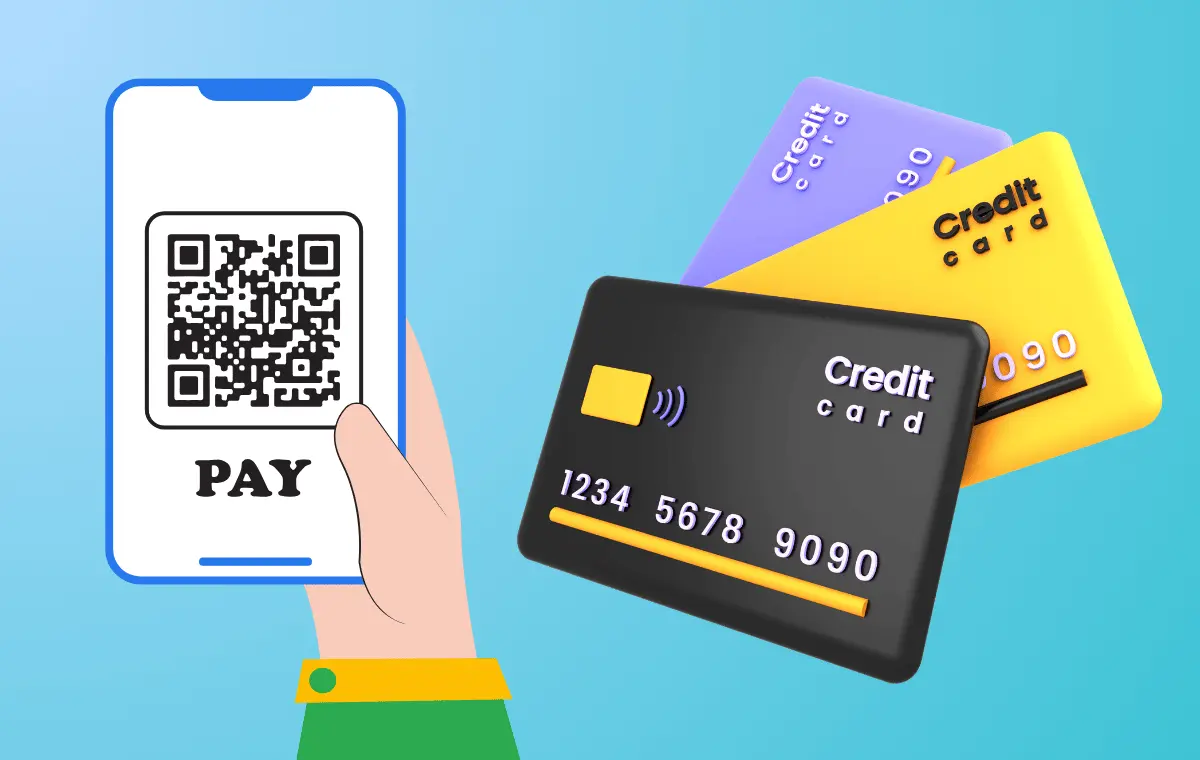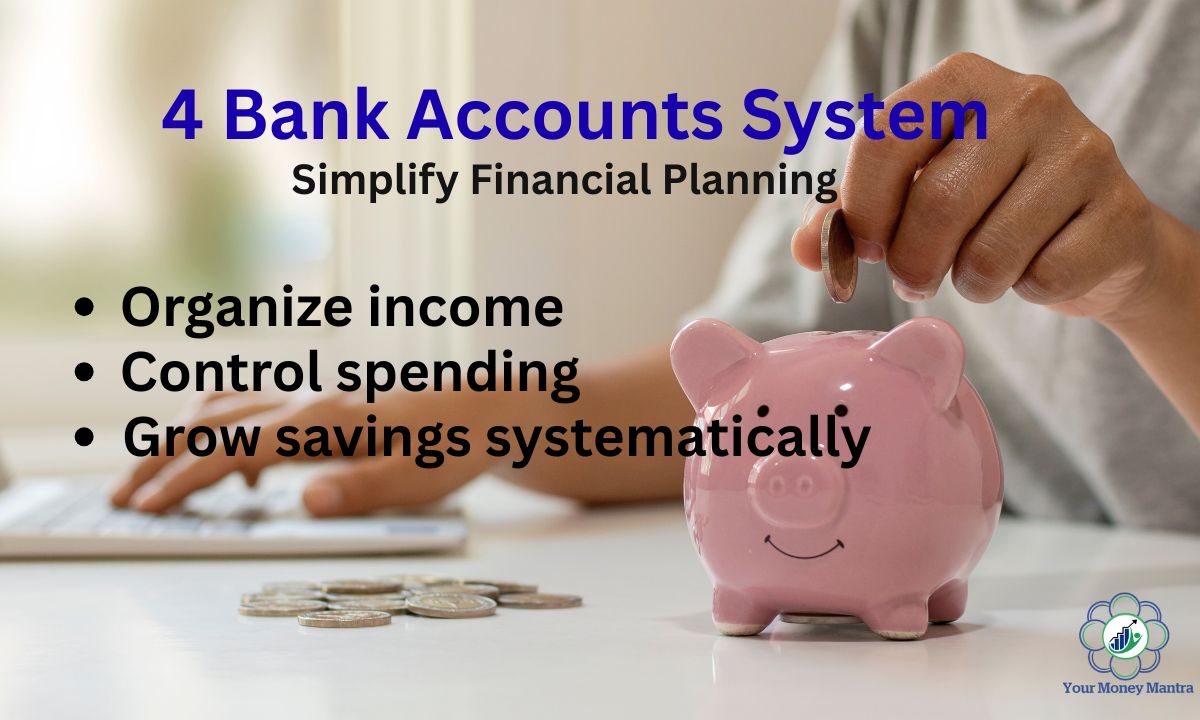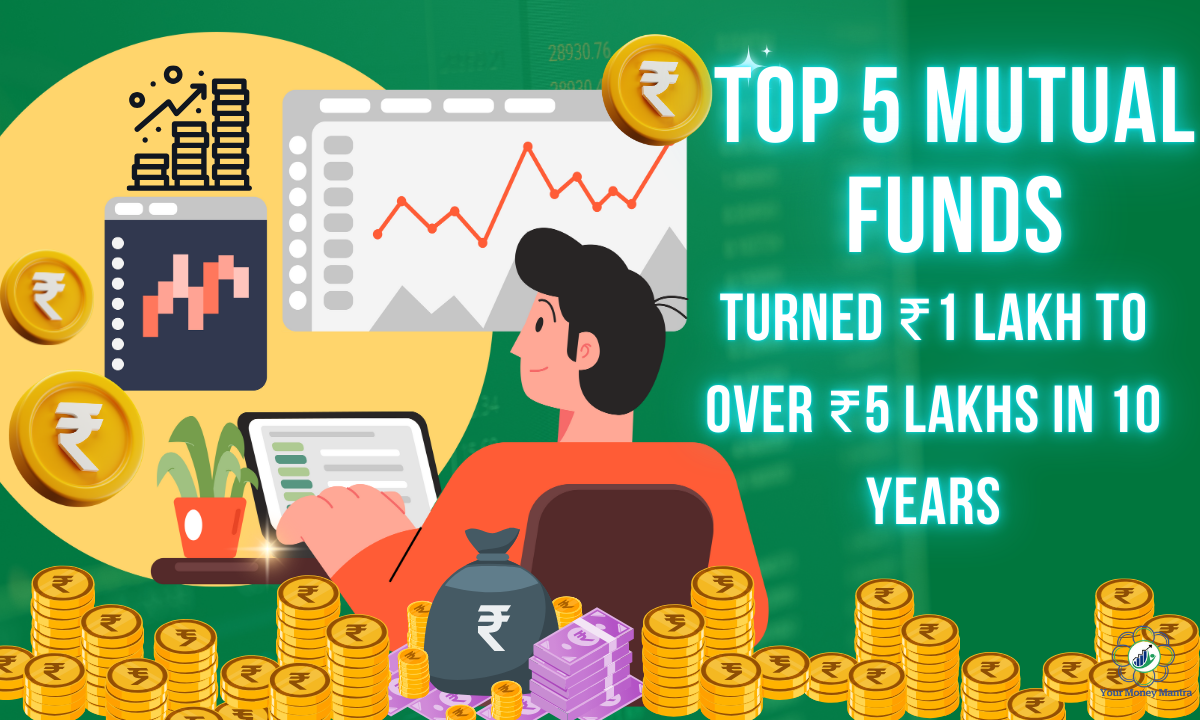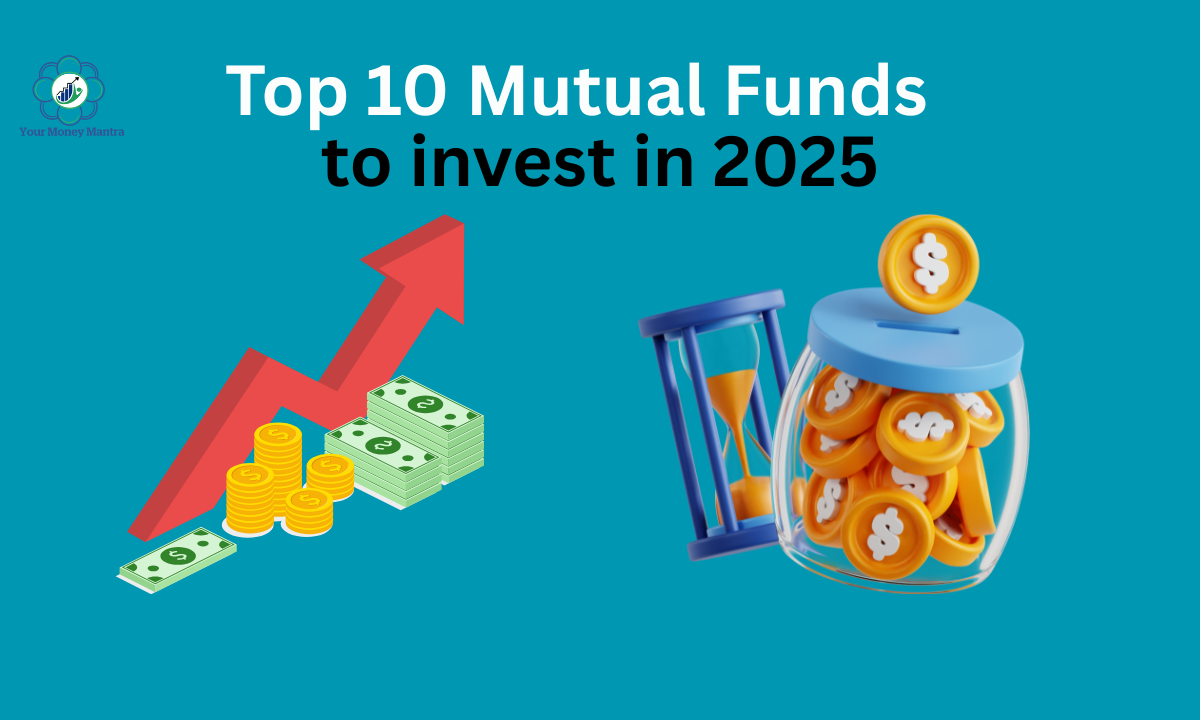Introduction
Credit cards can be powerful financial tools if used wisely. From building your credit score to earning cashback, travel rewards, or exclusive discounts — the benefits are many. But with so many credit cards available in the market, choosing the right credit card can be confusing, especially for beginners.
Picking the wrong card could mean high annual fees, low rewards, or even debt traps. That’s why it’s essential to evaluate your needs and compare the available options carefully.
In this article, we’ll explain how to choose the right credit card in a step-by-step manner, highlight common types of cards, and share useful tips to help you make an informed decision.
Why Choosing the Right Credit Card Matters
Choosing the right credit card can help you:
-
Earn maximum rewards (cashback, air miles, points)
-
Save on interest with lower APR
-
Get financial flexibility for purchases or emergencies
-
Improve your credit score
-
Avoid unnecessary fees
The wrong card, however, can lead to high interest, low value, or missed benefits.
Step-by-Step Guide to Choose the Right Credit Card
1. Understand Your Spending Habits
Before applying for a card, ask yourself:
-
Do you shop online frequently?
-
Do you travel often?
-
Do you carry a balance every month?
-
Are you looking for a card to improve your credit score?
Understanding your lifestyle and spending habits will help you decide what type of card suits you best.
2. Know the Main Types of Credit Cards
| Card Type | Best For | Examples of Benefits |
|---|---|---|
| Rewards Cards | Regular shoppers | Earn points, cashback, discounts |
| Travel Cards | Frequent travelers | Free airport lounge access, air miles, hotel discounts |
| Fuel Cards | Vehicle owners | Discounts or cashback on fuel purchases |
| Low-Interest Cards | Those who carry balance | Lower interest rates or 0% for first few months |
| Secured Cards | People with no/low credit score | Build credit by using a deposit-backed card |
| Business Cards | Entrepreneurs and small businesses | Business-related rewards, expense tracking |
3. Check the Key Features Before Applying
Here are the major features you should compare:
Annual Fee
Some cards charge no fee, while others offer premium features with an annual cost. Choose based on the value you get.
Interest Rate (APR)
The Annual Percentage Rate (APR) is the interest charged if you don’t pay your bill in full. Lower is better.
Rewards & Offers
Look for cashback, reward points, or discounts based on your usage pattern. For example, Amazon Pay ICICI is great for online shoppers.
Credit Limit
Beginners may get a low limit initially. Choose a card with a limit that meets your monthly spending needs.
Joining Bonus
Many cards offer rewards or free vouchers as a welcome gift. Read the conditions carefully.
Foreign Transaction Fee
If you travel abroad or shop on international sites, check if the card charges extra for foreign transactions.
4. Compare Cards Side-by-Side
Make a table or use comparison websites to view the differences clearly.
| Card Name | Annual Fee | Best Feature | Ideal For |
|---|---|---|---|
| HDFC Millennia | ₹1,000 | 5% Cashback on Amazon, Flipkart | Online shoppers |
| Axis Magnus | ₹10,000 | Luxury travel benefits | Frequent travelers |
| SBI SimplyCLICK | ₹499 | E-commerce cashback | Beginners and online users |
| ICICI Coral Credit | ₹500 | Dining & fuel discounts | Daily spending |
5. Know Your Credit Score
Most banks require a minimum credit score (around 700+) for approval. Check your CIBIL score before applying. If your score is low, start with a secured credit card.
6. Understand the Fine Print
Always read the terms and conditions:
-
Hidden charges (late payment, over-limit, cash withdrawal)
-
Reward redemption rules
-
Validity of points
-
Eligibility criteria
7. Choose Based on Your Goals
| Your Goal | Recommended Card Type |
|---|---|
| Build Credit History | Secured Credit Card |
| Earn Cashback on Daily Purchases | Cashback or Rewards Card |
| Save Money on Travel | Travel or Air Miles Card |
| Manage Large Purchases Over Time | Low-Interest or EMI Card |
| Run Business or Freelancing Expenses | Business Credit Card |
Common Mistakes to Avoid
-
Applying for too many cards at once — lowers your credit score
-
Ignoring the interest rate — especially if you don’t pay in full
-
Focusing only on joining bonuses — long-term benefits matter more
-
Not checking late payment fees or over-limit charges
-
Using a travel card when you don’t travel — rewards go waste
Tips for Beginners
-
Start with an entry-level card with no/low fees
-
Always pay your full bill on time to avoid interest
-
Use less than 30% of your credit limit
-
Set payment reminders or enable auto-pay
-
Track your spending using the bank’s app or website
Conclusion
Choosing the right credit card doesn’t have to be confusing. Start by understanding your spending pattern, goals, and credit score. Then, compare the available options in terms of features, fees, and benefits.
A credit card should work for you, not against you. The right one can help you save money, earn rewards, and build a strong financial future. Choose smartly — and swipe responsibly!
FAQs
Q1. Can I apply for a credit card without income proof?
Some secured cards don’t need income proof. But most regular cards require a stable income.
Q2. Which credit card is best for students or beginners?
Cards like SBI SimplyCLICK, ICICI Amazon Pay, or secured cards are good for beginners.
Q3. Is it good to have more than one credit card?
Yes, but only if you can manage them well and pay on time.
Q4. Will applying for a credit card affect my credit score?
Yes, a hard inquiry lowers your score temporarily, so apply wisely.
Q5. What happens if I only pay the minimum amount?
You’ll incur interest on the remaining balance — avoid this trap.
